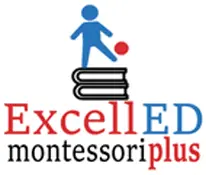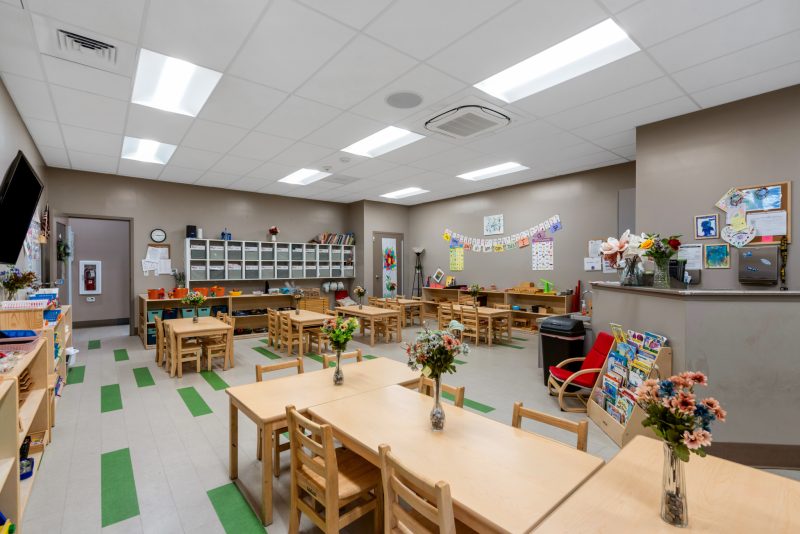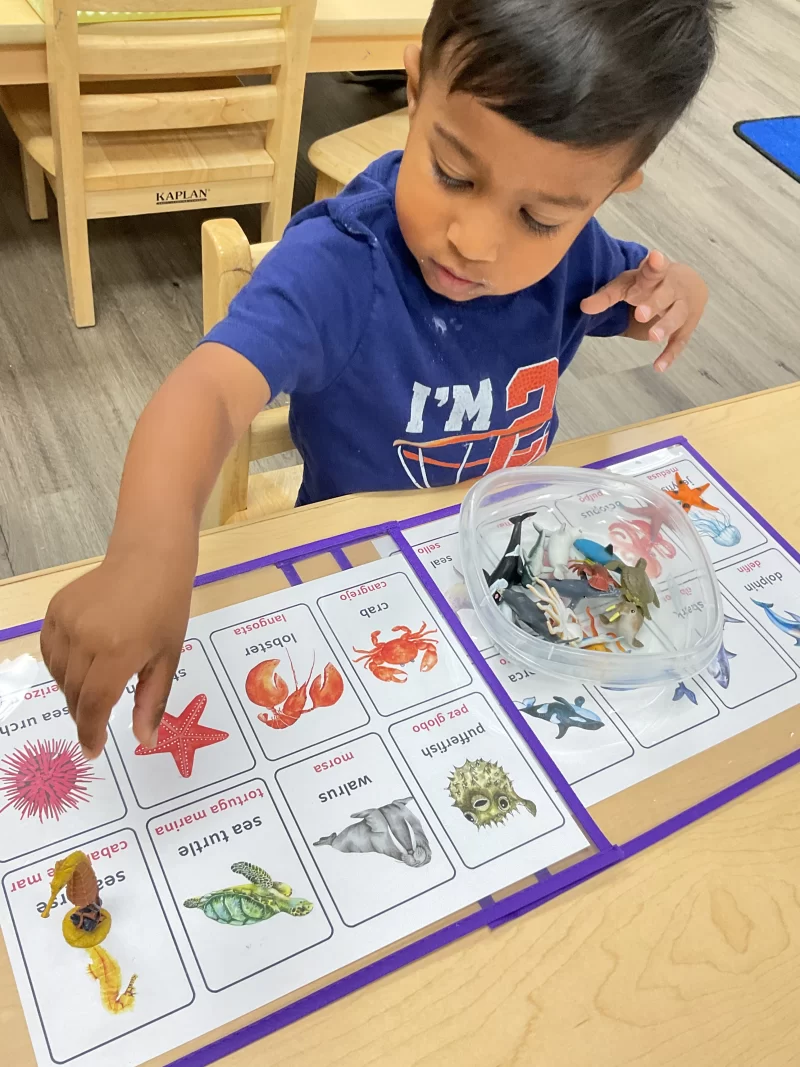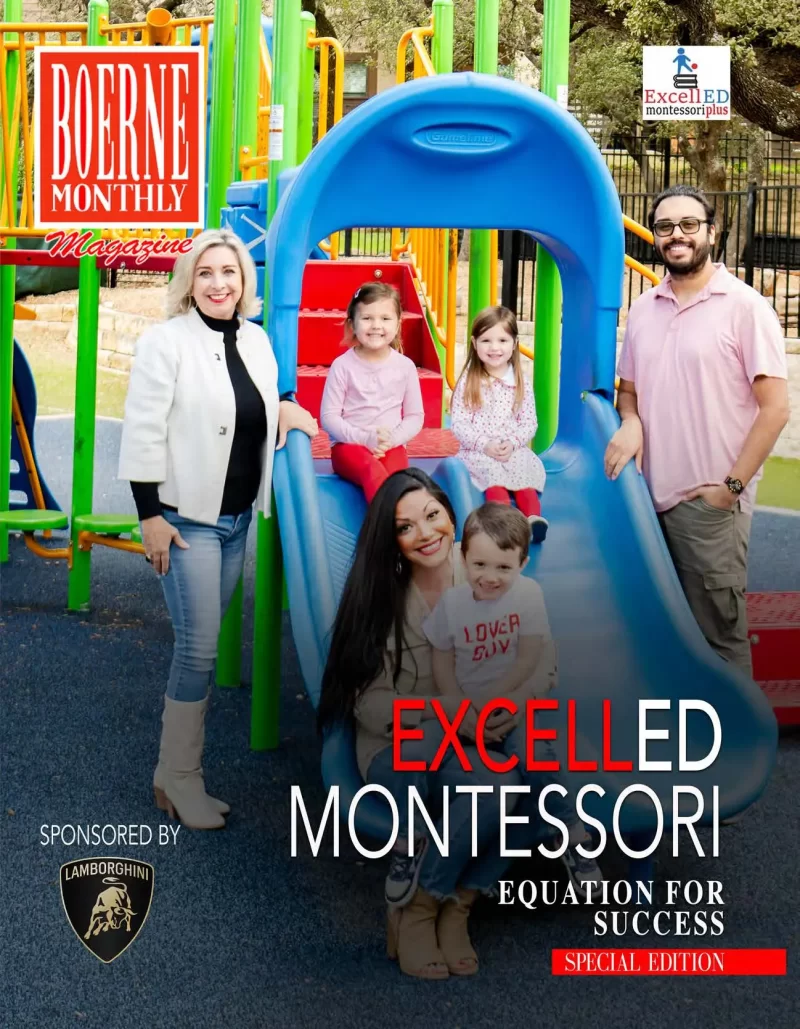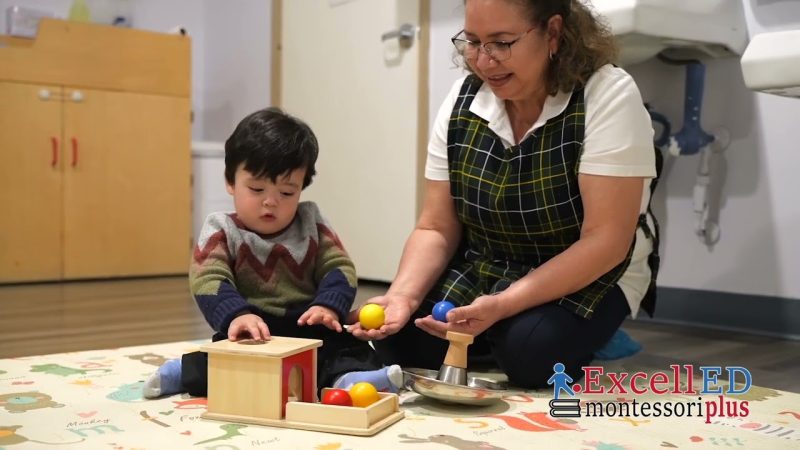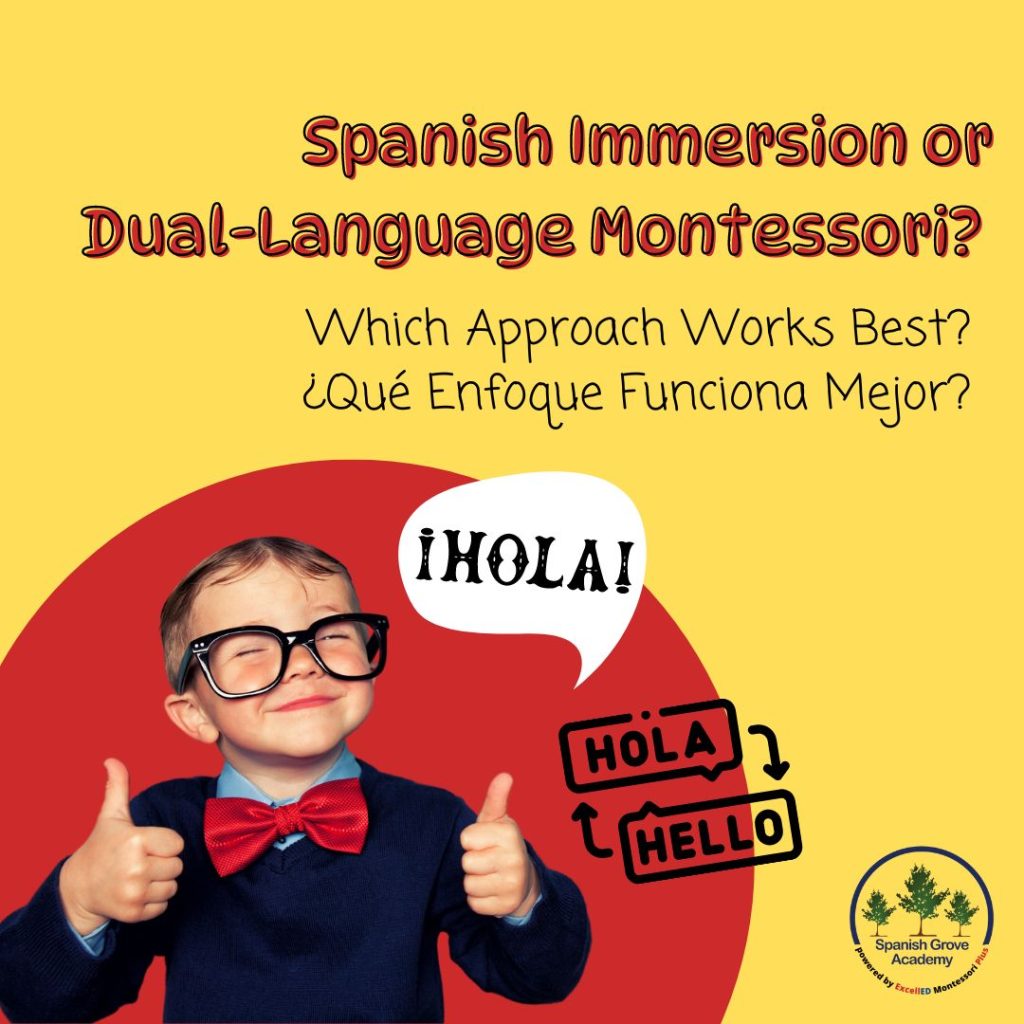
In our increasingly interconnected world, bilingualism has become a valuable asset. Parents and educators alike are seeking effective ways to help children become fluent in more than one language. Two popular methods for achieving this goal are Spanish immersion and dual-language programs. Each approach offers unique benefits and challenges, making it essential to understand which might be the best fit for your child. This blog provides insights to help you make an informed decision.
A quick recap
Spanish Immersion Model: The Spanish immersion model fully immerses children in the Spanish language throughout their day, helping them achieve fluency by using Spanish for all activities and lessons.
Dula-language Models: Dual-language models balance instruction in two languages, providing equal exposure to both and fostering bilingualism and biliteracy.
Choosing the Right Model for Your Child
Deciding between Spanish immersion and dual-language Montessori programs can be challenging. Here’s a simple guide to help you make the best choice for your preschooler:
Language Goals:
Consider what you want for your child’s language skills. Do you want them to become fluent in Spanish quickly, or do you prefer that they learn both English and Spanish equally well? Spanish immersion programs are great for rapid language acquisition, while dual-language programs focus on balanced bilingualism.
Learning Style:
Think about how your preschooler learns best. Do they enjoy diving into new things completely, or do they do better when they can switch between English and Spanish during the day? Immersion programs are intense and immersive, while dual-language programs offer a more balanced approach.
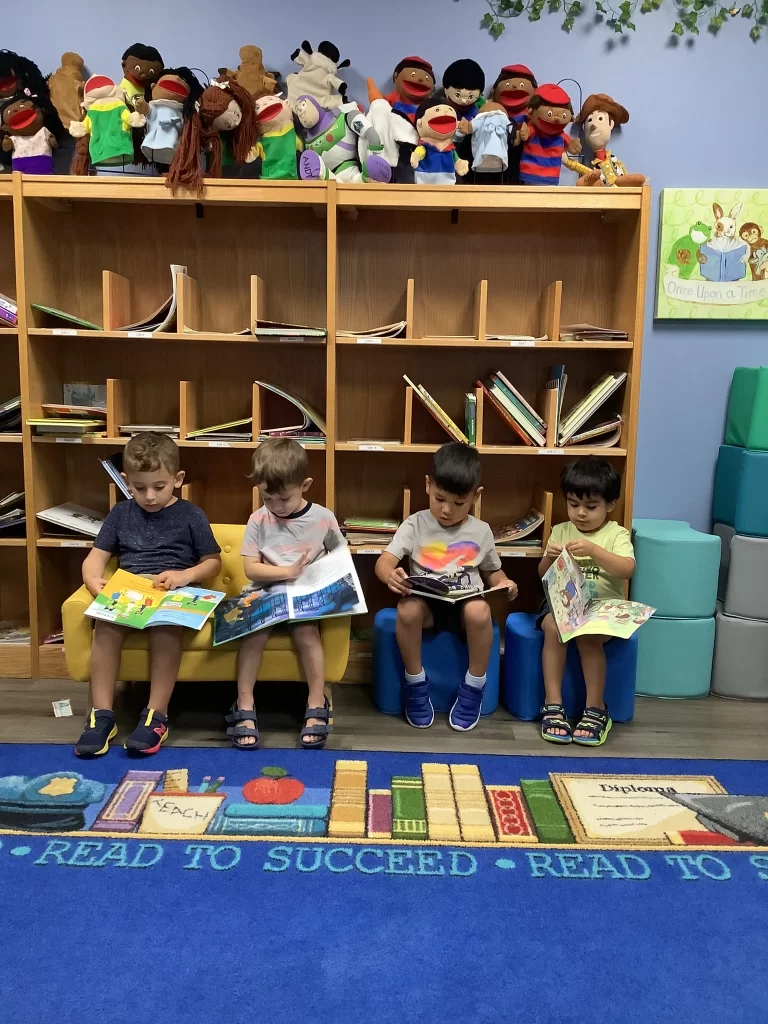
School Resources:
Check the school’s resources. Are the teachers experienced and fluent in both languages? Does the school have the materials and support needed for a successful program? Ensure the school is well-equipped to provide a comprehensive bilingual education.
Family Language Situation:
- Spanish at Home: If Spanish is spoken at home, a program where 90% of the day is in Spanish and 10% in English can help keep Spanish strong while starting to learn English.
- English at Home: If English is the primary language at home, a program where half the day is in English and half in Spanish can help your child learn Spanish while keeping up their English.
- One Parent Speaks English, One Speaks Spanish: A 50-50 program can be perfect, matching the bilingual environment at home and helping your child talk easily with both parents.
Child’s Personality:
Consider your child’s personality. Are they adventurous and excited about new experiences, or do they need more time and support to feel comfortable with new things? Choose a program that aligns with their comfort level and enthusiasm for learning new languages.
Friends and Community:
Look for a supportive community of families and friends who speak both languages. This can make learning more fun and social for your preschooler. A strong community can provide additional language practice and cultural exposure.
Future Education:
Think about the future. Are there similar programs available as your child moves up to higher grades? Ensure there are opportunities for continued bilingual education to maintain and build upon their language skills.
Fun Activities:
Check if the school offers fun activities in both languages, like playtime, storytime, and arts and crafts. These can make learning a new language enjoyable and engaging. Interactive and enjoyable activities can greatly enhance language learning.
By considering these factors, you can make a well-informed decision that aligns with your child’s needs and your family’s goals, ensuring a happy and successful bilingual preschool experience.
Conclusion
Both Spanish immersion and dual-language models offer powerful ways to introduce young children to bilingualism. By understanding the strengths and challenges of each approach, parents and educators can make informed decisions that align with their educational goals and the needs of their children. Whether through the immersive experience of Spanish immersion or the balanced, personalized approach of dual-language programs, the journey towards bilingualism is a rewarding adventure that prepares children for a future in an increasingly globalized world.
- Topic Outline:
- What is Bilingualism?
- How can you prepare your child to be bilingual?
- Montessori & Bilingualism
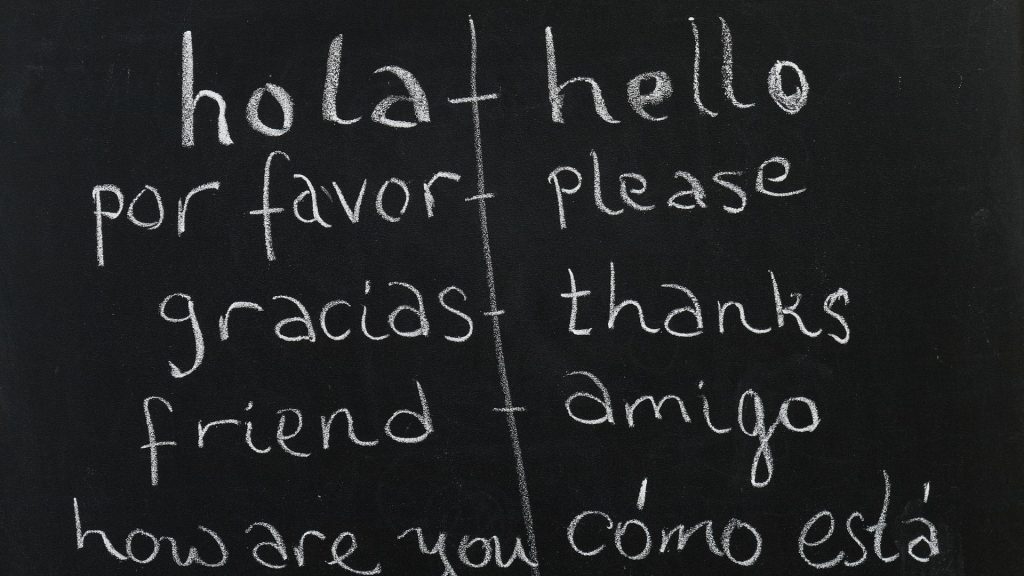
Subscribe to Newsletter
Programs offered at ExcellED Montessori Plus include:
✔️Infants (10 Weeks – 18 Months)
✔️Toddlers (18 – 36 Months)
✔️Primary (3-6 Years)
✔️Kindergarten
✔️Mother’s Day Out
✔️Spanish Immersion / Dual Language
✔️After School Programs and Summer Camp (6 – 12 Years)
Music, Spanish, and Yoga are other programs included as part of the tuition.
Learn more about Inquiry-based Learning
